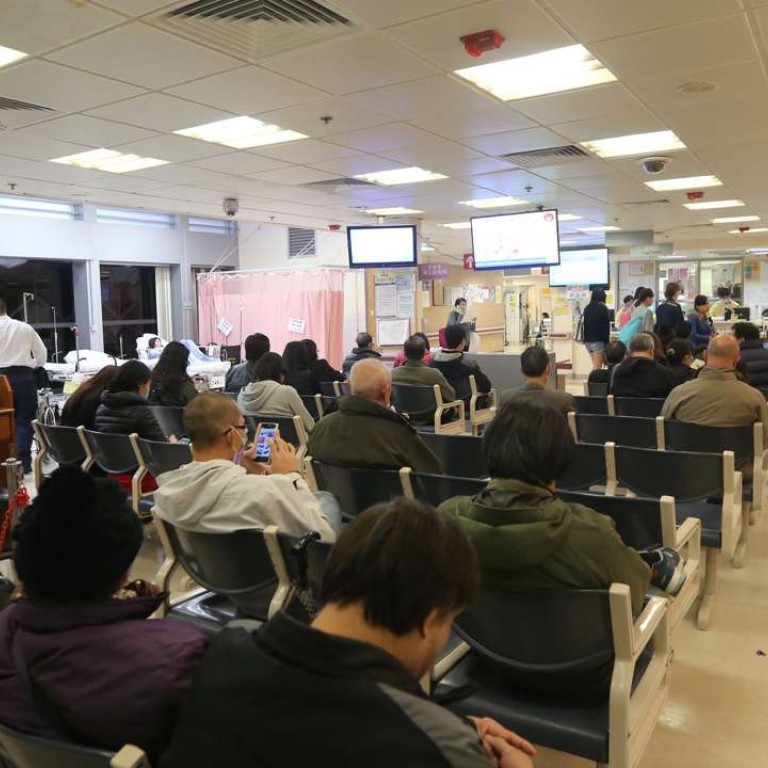
Scheme to encourage visits to private clinics will ease the burden on public hospitals
The Hospital Authority is right in sticking with programme for long-term diabetes and blood-pressure patients but should consider making it more attractive for both them and doctors.
When a publicly financed trial of a social programme meets with an underwhelming response from the people it is supposed to help, officials could be forgiven for going back to the drawing board or quietly dropping the idea altogether. The Hospital Authority is right to have resisted doing either after a disappointing participation rate in a pilot scheme to encourage stable, long-term diabetes and blood-pressure patients to visit private clinics, instead of public outpatient clinics, and relieve pressure on public hospitals.
The authority has announced the citywide expansion over two or three years of the scheme launched in Kwun Tong, Tuen Mun and Wong Tai Sin two years ago. Just 15 per cent of eligible patients and 25 to 30 per cent of doctors in the three districts took part in the pilot, with doctors complaining they were not paid enough. The government paid doctors up to HK$2,872 for a maximum of 10 visits a year by a patient, who paid HK$45 per consultation – the same as at a public clinic.
An authority spokesman said that when the scheme was fully rolled out up to 35,000 patients might be able to see one of 350 participating doctors. We trust the authority is right, because the scheme – suggested more than 10 years ago by the Health and Medical Development Advisory Committee – will ease the burden on public hospitals and advance the goal of greater public-private partnership to improve delivery of health services. The government should consider making the scheme more attractive to doctors and patients.
Of course, prevention is better than cure or case management. Type 2 diabetes, linked to poor lifestyle, is on the rise in Hong Kong. People can lower the risk with diet, weight control, regular exercise and by not smoking. That is easier said than done with long working hours, and limited open space, compounded by fast food and soft drinks, which contribute to rising rates of obesity and a heightened risk of diabetes, especially for children.

